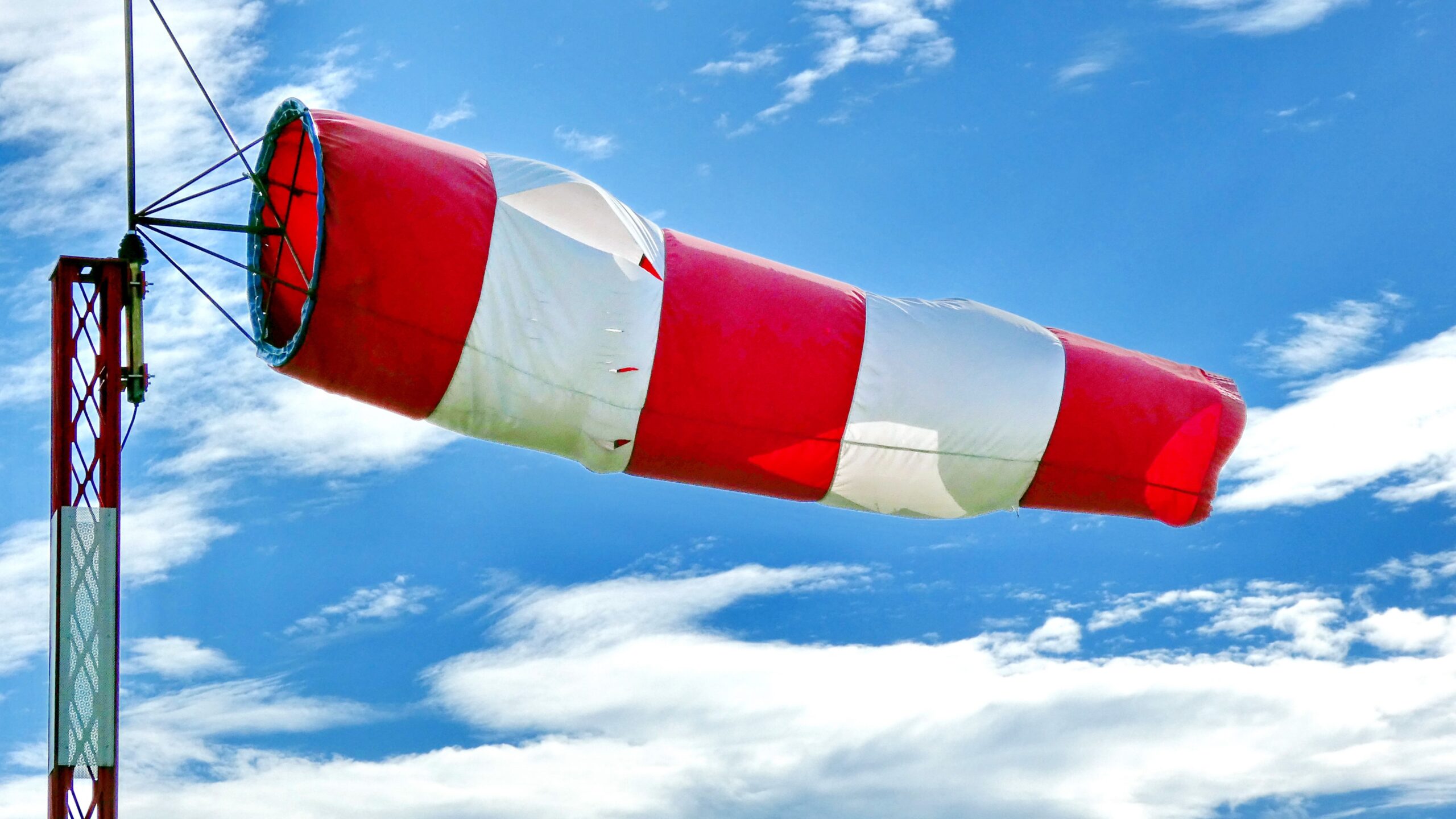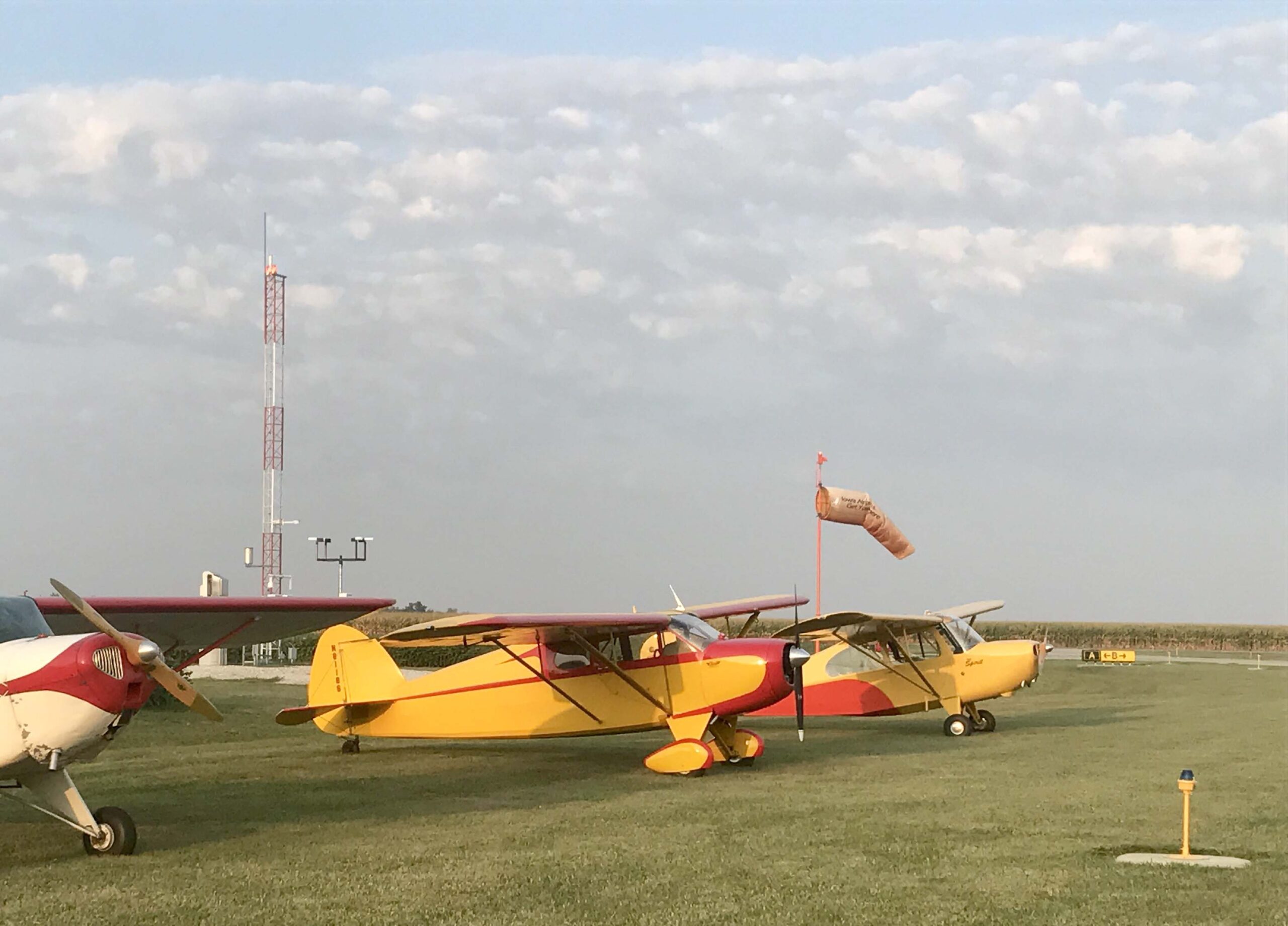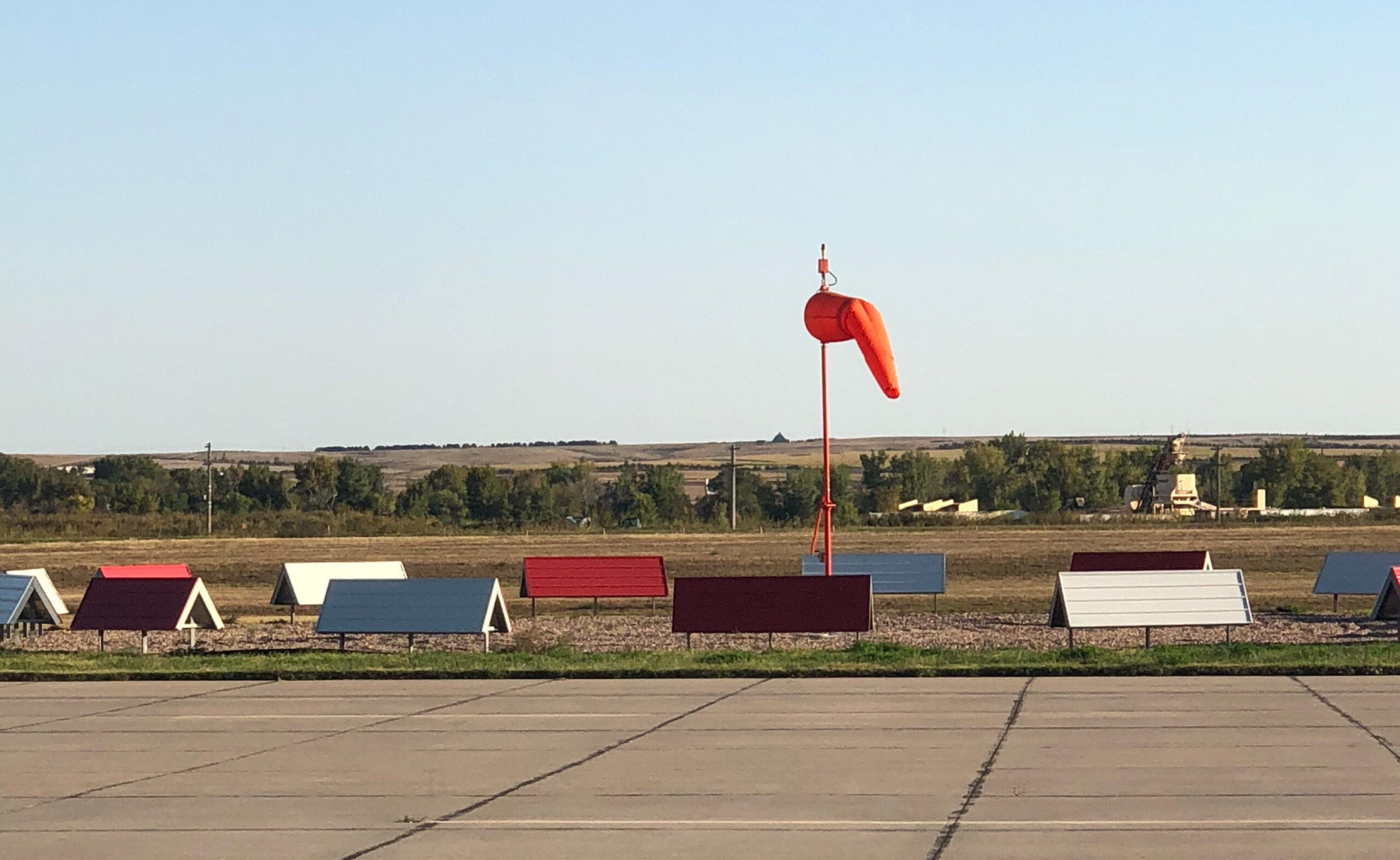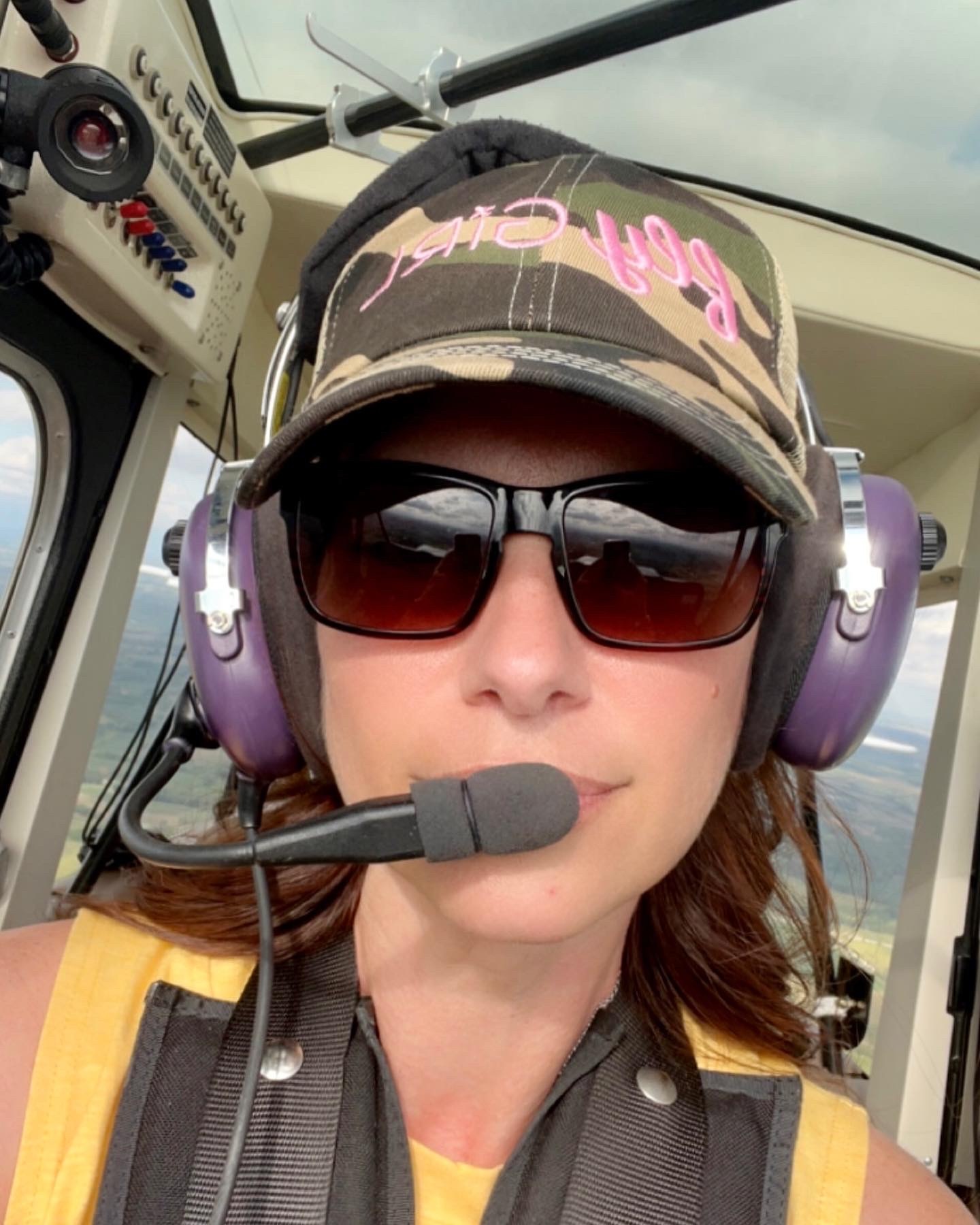
The windsock, a simple yet crucial device, serves as a reliable indicator of wind direction and intensity. Whether in aviation, maritime, or various outdoor activities, understanding how to prepare for a windsock and interpret its signals can be a valuable skill. In this article, we will delve into the process of preparing for a windsock, learn how to read its movements and explore the intriguing history behind this unassuming tool.
Placement of a Windsock
Choosing the Right Location
When preparing to read a windsock, the location is key. Windsocks are typically positioned in areas where wind conditions are critical, such as airports, helipads, and military bases. To install effectively, ensure you are in close proximity to the windsock while maintaining a safe distance from any potential hazards.
Awareness of Surroundings
Before approaching a windsock, be aware of your surroundings. Look out for any obstacles that might affect wind flow, such as buildings, trees, or terrain features. These obstructions can cause turbulence and distort the wind direction, leading to inaccurate readings. Although you don’t need to be super close to read the windsock.
Consideration of Elevation
Elevation plays a significant role in wind patterns. Wind conditions can vary drastically with altitude, so if possible, position yourself at the same elevation as the windsock to ensure accurate observations. Many times the windsock is surrounded by trees or hangars that can interfere with an accurate reading.
Time of Day
Different times of day can lead to varying wind patterns due to temperature changes and solar heating. Be mindful of these variations, and if possible, gather data from the windsock at different times to get a more comprehensive understanding of the wind patterns in the area.
Weather Forecast
Check the weather forecast, as many pilots do, before heading out to observe a windsock. This will give you a general idea of what to expect and help you interpret any deviations from the predicted wind conditions.

How to Read a Windsock
Directional Information
The primary purpose of a windsock is to indicate wind direction. The wide end of the windsock points into the wind, and the narrow end points in the direction from which the wind is blowing. This simple visual cue provides a quick and accurate assessment of wind direction.
Wind Intensity
Apart from direction, wind intensity can also be inferred from the windsock’s movements. A fully extended windsock signifies strong winds, while a limp or partially inflated windsock indicates light winds. Observing the degree of inflation or drooping can provide insights into wind strength.
Variability and Gusts
Pay attention to any sudden changes in the windsock’s movement. Rapid fluctuations or irregular swaying may indicate gusty winds. These gusts can pose challenges to various activities, such as aviation and sailing, and require careful consideration. A stable windsock with consistent movement indicates relatively steady wind conditions. However, if the windsock is constantly shifting or flapping wildly, it could suggest unpredictable or turbulent wind patterns.
Observing the Windsock
Instead of just observing the windsock at a single point in time, monitor it for a period to identify trends. Note whether the wind direction and intensity are consistent or changing over time. This will give you a more comprehensive understanding of the prevailing wind patterns.
History of the Windsock
The history of windsocks is fascinating and spans across various cultures and applications. Their origins can be traced back to ancient civilizations where simple fabric indicators were used to gauge wind direction. However, the modern windsock, as we know it today, has a more recent history.
Aviation Advancements
The development of aviation in the early 20th century necessitated accurate wind direction indicators. Pilots required reliable information to determine takeoff, landing, and flight routes. The first aviation windsocks were rudimentary, often made from fabric or cloth, and were placed at airports to aid pilots in making critical decisions.
Military Utility
During World War II, windsocks gained prominence in military operations. They became essential tools for assessing wind conditions for aerial bombing accuracy, parachute drops, and glider landings. The military’s reliance on windsocks led to advancements in their design and materials, making them more durable and effective.
Modern Adaptations
As technology advanced, windsocks underwent significant improvements. Materials such as nylon replaced traditional fabrics, enhancing durability and visibility. Today, windsocks are often paired with automated weather stations, providing real-time wind data that can be accessed remotely.

The humble windsock, with its simple design and straightforward function, plays a crucial role in various industries and activities. Mastering the art of preparing for a windsock and interpreting its signals can provide valuable insights into wind conditions, enhancing safety and efficiency. As we’ve explored, the windsock’s history is deeply intertwined with the development of aviation, military strategy, and technological advancements. From ancient fabric indicators to modern, automated devices, the windsock’s journey is a testament to human ingenuity in harnessing nature’s forces for practical purposes. So, the next time you see a windsock gracefully swaying in the wind, remember the wealth of knowledge it holds and the history it represents. But if you have more questions on the windsock and its role in aviation, reach out to us at Angle of Attack!

Karey grew up and obtained her in private pilot’s license in Central Iowa. She fell in love with tailwheel aircraft during her primary training and obtained a tailwheel endorsement the week following her private pilot checkride. She is eager to obtain her seaplane rating and is merging her passion for flying with her prior work career. Karey has a background in marketing, editing, and web design after graduating from Simpson College. When she is not flying or working, Karey enjoys anything related to technology and admits she can be a bit of a nerd. She also has discovered a love for virtually all outdoor pursuits, with a special fondness for climbing, shooting, and hiking.

Stay Connected
Be the very first to get notified when we publish new flying videos, free lessons, and special offers on our courses.





